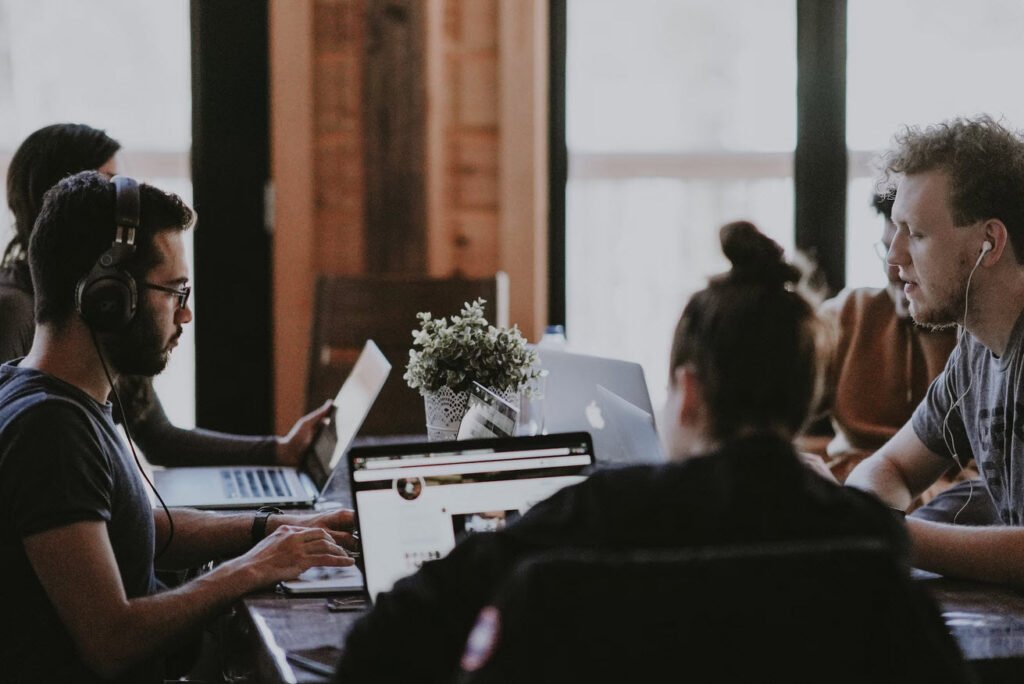
Creating the perfect medical office is akin to striking a delicate balance between beauty and utility. It’s about crafting a space that’s not just visually pleasing, but also functionally apt for the demands of a healthcare environment. The ambiance of a medical office extends far beyond mere aesthetics; it significantly influences patient comfort, staff productivity, and the general impression of the care quality. Let’s delve into the nuances of what makes a medical office design both attractive and effective, melding form with function in a seamless symphony.
Understanding the Importance of Medical Office Design
The Impact on Patient Experience
The design of a medical office can significantly influence patient experience. A welcoming, calming environment can ease patient anxiety and contribute to a more positive overall experience. The layout, color scheme, lighting, and furnishings all play a part in making patients feel comfortable and cared for from the moment they step into the office.
Enhancing Staff Efficiency and Morale
Similarly, the layout and ambiance of a medical office profoundly affect the staff’s performance and contentment. A thoughtfully designed space, emphasizing a logical and intuitive flow, can significantly ease the daily pressures faced by healthcare professionals. By reducing stress, diminishing the likelihood of errors, and fostering effective communication, a well-planned office layout not only contributes to superior patient care but also cultivates a more positive and cohesive workplace atmosphere. It’s about creating an environment where staff can function at their best, ensuring that the care they provide is reflective of their expertise and dedication.
Integrating Aesthetics in Medical Office Design
Choosing the Right Color Palette
Colors have a psychological impact and can affect mood and perception. In a medical setting, it’s important to choose colors that evoke calmness and relaxation. Soft blues, greens, and neutral tones can create a serene environment, while brighter colors might be used for accents to energize the space without overwhelming it.
Incorporating Art and Natural Elements
Artwork and natural elements like plants can transform the aesthetics of a medical office. They not only enhance the visual appeal but also provide therapeutic benefits. Art that reflects local culture or nature scenes can help in creating a connection with patients, while plants can improve air quality and bring a sense of tranquility.
Prioritizing Practicality in Design
Efficient Layout and Flow
The layout of a medical office should facilitate easy navigation for patients and efficient workflow for staff. This includes considering the placement of reception areas, waiting rooms, procedure rooms, and staff offices. Hallways should be wide enough to accommodate wheelchairs and medical equipment, and the overall layout should reduce unnecessary foot traffic.
Furniture that Combines Comfort with Function
While aesthetics are important, furniture in a medical office must first and foremost be functional. Chairs in waiting areas should be comfortable for patients who might spend a considerable amount of time in them. In treatment rooms, a high-quality procedure chair is essential. These chairs, designed specifically for medical environments, offer flexibility, ease of maneuverability, and comfort for patients during various types of procedures.
Embracing Technology in Design
Integrating Modern Medical Equipment
Modern medical offices must accommodate a range of advanced medical equipment. This includes everything from basic diagnostic tools to more specialized devices. The design should allow for easy access to this equipment without cluttering the space or disrupting the office’s aesthetics.
Smart Use of Technology for Enhanced Functionality
Incorporating technology such as electronic health records (EHRs) systems, digital check-in kiosks, and telemedicine capabilities can streamline operations and improve patient care. The design should consider the infrastructure needed for these technologies, including sufficient electrical outlets, data ports, and secure, accessible areas for servers and other hardware.
Conclusion
Designing a medical office requires a delicate balance between creating a visually appealing space and ensuring functionality and efficiency. By carefully considering elements like color schemes, artwork, furniture, layout, and technology integration, it’s possible to create a medical office that not only looks good but also enhances the experiences of both patients and staff. In this endeavor, every detail matters, from the choice of wall art to the selection of a procedure chair. The goal is to craft an environment that is both aesthetically pleasing and supremely functional, ultimately contributing to the delivery of high-quality healthcare.
You may also like:- Covishield Vaccine – A Study on Side Effects and Effectiveness by AMCH
- Depression and Dreaming – An Intricate Relationship
- Essential Medicines to Get Costlier from April 1, 2024 – Here’s Why
- Pertussis Outbreak in the Philippines – 28 New Cases and 4 Deaths Reported
- Sadhguru Underwent an Emergency Brain Surgery at Apollo Hospital in Delhi
- Why Is It Better To Breathe Through Your Nose In The Cold?
- 5 Tips for Mindfulness and Meditation While Travelling
- All About Vitamins – Chemical Names, Deficiency Disease and Sources
- This is How To Take Care of Your Teeth
- Easy Weight Loss Techniques You Need To Know








